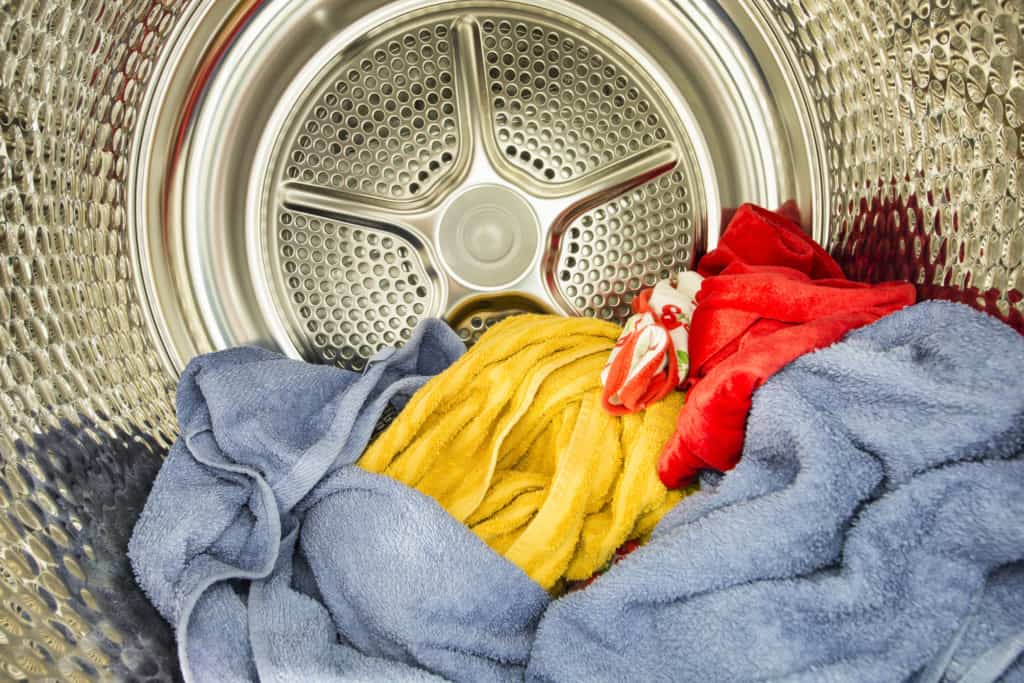In 2010-2014, U.S. municipal fire departments responded to an estimated 15,970 home fires involving clothes dryers or washing machines each year.
These fires resulted in annual losses estimated at 13 civilian deaths, 440 civilian injuries, and $238 million in direct property damage. Here is everything you need to know about clothes dryer fire safety and prevention.

Clothes Dryer Fires- Facts and Stats
- Clothes dryers accounted for 92% of the fires; washing machines 4%, and washer and dryer combinations accounted for 5%.
- The leading factor contributing to the ignition of home fires involving clothes dryers was failure to clean, accounting for one-third (33%) of dryer fires.
- A mechanical or electrical failure or malfunction was involved in the vast majority of home fires involving washing machines.
- Fires involving clothes dryers usually started with the ignition of something that was being dried or was a byproduct (such as lint) of drying, while washing machine fires usually involved the ignition of some part of the appliance.
Clothes Dryer Fire Safety- Quick Tips
- Have your dryer installed and serviced by a professional.
- Do not use the dryer without a lint filter.
- Make sure you clean the lint filter before or after each load of laundry. Remove lint that has collected around the drum.
- Rigid or flexible metal venting material should be used to sustain proper air flow and drying time.
- Make sure the air exhaust vent pipe is not restricted and the outdoor vent flap will open when the dryer is operating. Once a year, or more often if you notice that it is taking longer than normal for your clothes to dry, clean lint out of the vent pipe or have a dryer lint removal service do it for you.
- Keep dryers in good working order. Gas dryers should be inspected by a qualified professional to make sure that the gas line and connection are intact and free of leaks.
- Make sure the right plug and outlet are used and that the machine is connected properly.
- Follow the manufacturer’s operating instructions and don’t overload your dryer.
- Turn the dryer off if you leave home or when you you go to sleep.
Source for Content: National Fire Protection Association and U.S. Fire Administration

